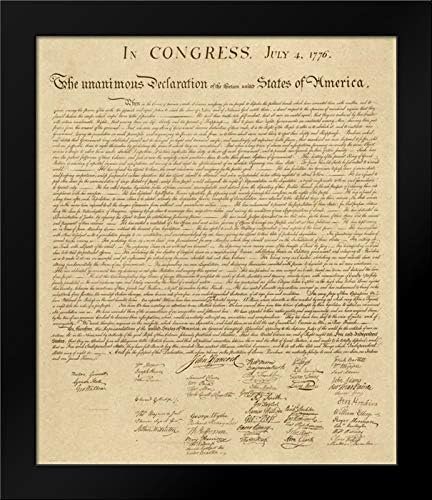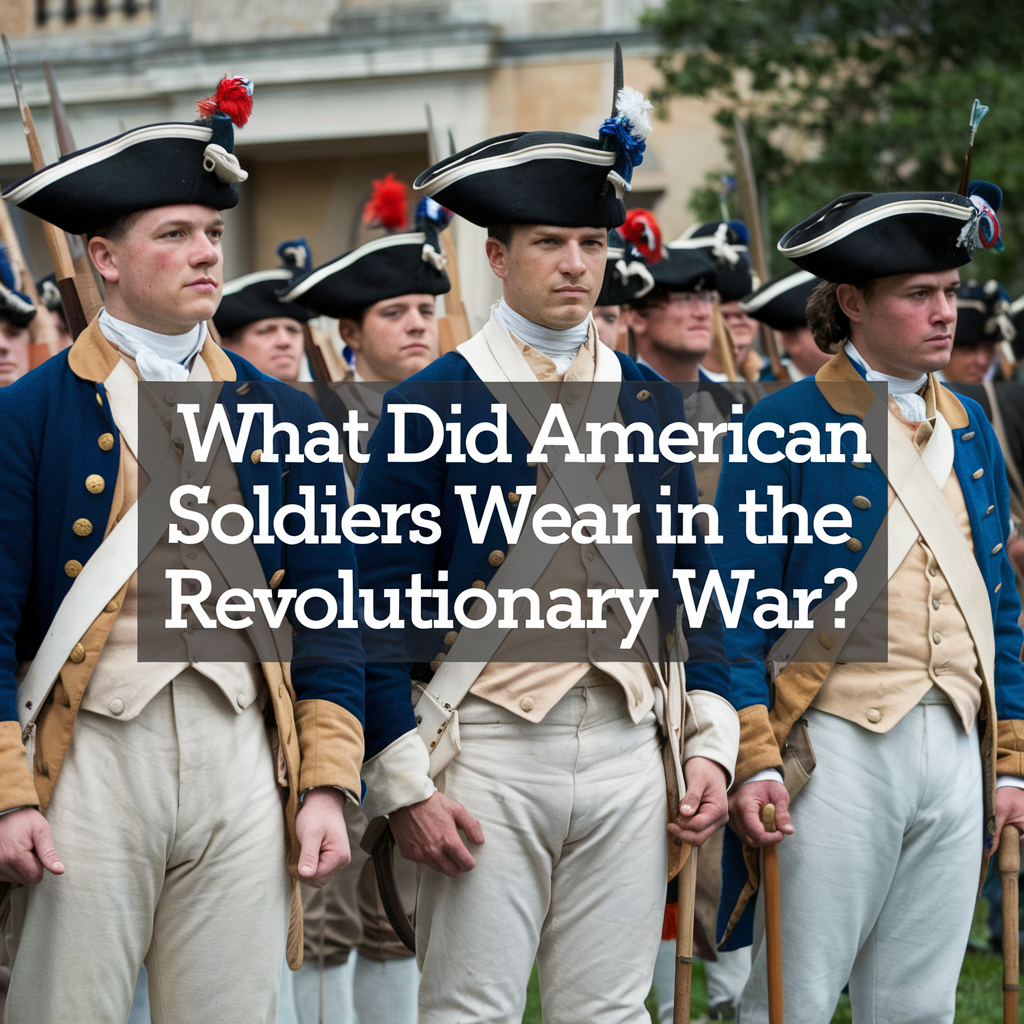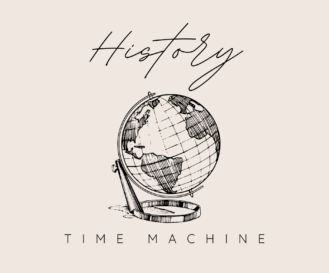The Declaration of Independence is not just a historical document; it’s the very essence of America’s foundation. Drafted in the summer of 1776, this profound proclamation signaled the birth of a new nation, united in its quest for liberty and justice. The Declaration outlined the colonies’ grievances against the British Crown and articulated the fundamental principles that would guide the new nation. Even today, its words resonate with the spirit of freedom and democracy, making it a cornerstone of American identity. In this article, we’ll explore the rich history, enduring legacy, and continued relevance of the Declaration of Independence, offering a comprehensive understanding of its profound impact on both past and present.
Historical Context and Background of the declaration of independence
The road to the Declaration of Independence was paved with unrest and revolutionary fervor. By the mid-18th century, the thirteen American colonies found themselves increasingly at odds with British rule. A series of oppressive measures, including the Stamp Act, the Townshend Acts, and the Intolerable Acts, fueled resentment and stirred desires for independence. These legislative actions imposed taxes without representation, restricted colonial self-governance, and violated the rights of the colonists.
In response, the First Continental Congress convened in 1774 to address these grievances. Despite efforts to seek a peaceful resolution, tensions continued to escalate, culminating in the battles of Lexington and Concord in April 1775. These clashes marked the beginning of the American Revolutionary War, further solidifying the colonies’ determination to break free from British control.
Prominent figures such as Thomas Jefferson, John Adams, and Benjamin Franklin emerged as key advocates for independence. Their vision and leadership were instrumental in shaping the colonies’ resolve to establish a nation founded on the principles of liberty, equality, and self-governance. The Continental Congress played a crucial role in this movement, ultimately leading to the drafting and adoption of the Declaration of Independence on July 4, 1776.
For a deeper dive into the lives of these revolutionary figures and their contributions, explore our article on The Last of the Patriots: William Hutchings and the American Revolutionary War.

Drafting and Adoption
The drafting of the Declaration of Independence was a pivotal moment in American history, marked by intense debate and collaboration. In June 1776, the Continental Congress appointed a Committee of Five to draft a formal statement justifying the colonies’ break from Britain. This committee included Thomas Jefferson, John Adams, Benjamin Franklin, Roger Sherman, and Robert R. Livingston. Thomas Jefferson, renowned for his eloquence and writing skills, was chosen to draft the initial document.
Jefferson drew inspiration from various sources, including the works of Enlightenment thinkers like John Locke, who emphasized natural rights and the social contract. His draft eloquently articulated the colonies’ right to independence, emphasizing that “all men are created equal” with “unalienable Rights” to “Life, Liberty, and the pursuit of Happiness.”
The draft underwent rigorous revisions. John Adams and Benjamin Franklin provided valuable input, while the Continental Congress as a whole debated and modified the text. Despite some contentious discussions, the final version retained Jefferson’s powerful language and core principles. On July 2, 1776, the Continental Congress voted in favor of independence, and two days later, on July 4, 1776, they officially adopted the Declaration of Independence.
For a glimpse into the era’s transportation and lifestyle, check out our article on Step Back in Time: The Simplicity of Horse and Buggy Era.
Key Components of the Declaration
The Declaration of Independence is structured into several distinct sections, each serving a crucial purpose in justifying the colonies’ break from Britain:
- Preamble: The introduction outlines the philosophical foundation of the document, asserting the inherent rights of individuals and the legitimacy of revolution when those rights are violated. The famous opening lines, “We hold these truths to be self-evident, that all men are created equal,” encapsulate the core ideals of the American Revolution.
- Statement of Beliefs: This section expands on the philosophical principles introduced in the preamble, emphasizing the role of government in protecting natural rights and the people’s right to alter or abolish a government that becomes destructive of those rights.
- List of Grievances: The bulk of the document details the specific complaints against King George III, illustrating the myriad ways in which the British Crown had violated the rights of the colonists. These grievances include imposing taxes without consent, obstructing justice, and maintaining standing armies in peacetime.
- Resolution of Independence: The final section declares the colonies’ independence from Britain, asserting their right to be free and sovereign states. This resolution is a bold assertion of the colonies’ determination to establish a new nation based on the principles outlined in the document.
Understanding these components is essential to appreciating the Declaration’s enduring impact. The powerful language and compelling arguments laid the groundwork for the nation’s founding principles and continue to inspire movements for freedom and equality worldwide.
For those interested in owning a piece of this history, consider The Declaration of Independence, Authentic Replica Printed on Antiqued Genuine Parchment. 14 X 16. This beautifully crafted replica offers an educational and decorative touch, perfect for history enthusiasts. Get yours here.

Impact and Legacy
The immediate impact of the Declaration of Independence was profound. It not only galvanized the colonies in their fight against British rule but also fundamentally changed the course of the American Revolutionary War. By articulating a clear and compelling case for independence, the Declaration united the colonies under a common cause and attracted international support, most notably from France, which played a crucial role in the eventual American victory.
In the long term, the Declaration of Independence has had an enduring influence on American politics and society. Its assertion of natural rights and the principles of liberty and equality have become cornerstones of American identity. These principles have inspired countless movements for social and political change, both in the United States and around the world.
The Declaration also set a precedent for other foundational documents. The Constitution and the Bill of Rights, for instance, further enshrined the rights and freedoms first articulated in the Declaration. These documents collectively form the bedrock of American democracy.
For a more nuanced understanding of these foundational texts, consider The Constitution of the United States of America: The Declaration of Independence, The Bill of Rights Paperback. This comprehensive paperback includes all three critical documents, providing a complete picture of America’s foundational principles. Buy it on Amazon.
For an interesting read on figures from this era and their impacts, check out our article on Jesse James in Joplin: A Tale of Outlaws and Unlikely Camaraderie.
Preservation and Replicas
Preserving the original copies of the Declaration of Independence has been a priority since its inception. Today, one of the most famous original copies is housed in the National Archives in Washington, D.C. This iconic document is meticulously preserved under strict environmental controls to prevent deterioration.
The importance of preserving such historical documents cannot be overstated. They provide a tangible link to the past, allowing future generations to connect with the foundational moments of their nation’s history.
For those who wish to own a piece of this history, replicas of the Declaration of Independence offer a wonderful opportunity. These replicas are not only educational but also make beautiful decorative pieces. For instance, the U.S. Declaration of Independence – Decorative Sepia Framed Art Print by US Government offers a stylish and historic touch to any room. This framed print is perfect for celebrating American heritage and makes a thoughtful gift for patriots. Check it out on Amazon.
Another excellent option is The Declaration of Independence, Authentic Replica Printed on Antiqued Genuine Parchment. 14 X 16. This authentic replica, printed on genuine parchment, offers a beautiful and accurate reproduction of the original document, making it a perfect educational tool or decorative piece for any home or office. Get yours here.
For insights into other aspects of historical preservation, explore our article on Dressed to Impress: Window Washers and Work Attire 100 Years Ago.

Modern Interpretations and Celebrations
The Declaration of Independence continues to be a living document, celebrated and interpreted in various ways across the United States. Every year, on July 4th, Americans come together to commemorate the signing of the Declaration with fireworks, parades, and patriotic displays. This day, known as Independence Day, serves as a reminder of the nation’s struggle for freedom and the enduring values of liberty and democracy.
Modern interpretations of the Declaration often focus on its principles of equality and human rights. These ideals have inspired numerous social movements, including the abolition of slavery, the civil rights movement, and contemporary struggles for equality and justice. The Declaration’s assertion that “all men are created equal” continues to resonate, challenging Americans to live up to these foundational principles.
Educational institutions and museums also play a crucial role in keeping the legacy of the Declaration alive. Through exhibitions, lectures, and reenactments, they help new generations understand the historical context and significance of this seminal document. For those interested in a deeper dive into historical lifestyles and their evolution, our article on Step Back in Time: The Simplicity of Horse and Buggy Era provides fascinating insights.
Owning a replica of the Declaration of Independence is a tangible way to connect with this pivotal moment in history. Products like the U.S. Declaration of Independence – Decorative Sepia Framed Art Print by US Government not only enhance the aesthetic of any room but also serve as constant reminders of the values and sacrifices that built the nation. Check it out on Amazon.

The Declaration of Independence is more than just a historical document; it is a testament to the enduring spirit of freedom and equality that defines the American ethos. From its drafting amidst revolutionary fervor to its lasting impact on the nation’s identity, the Declaration remains a symbol of hope and inspiration.
Understanding its historical context, key components, and the ongoing relevance helps us appreciate its role in shaping modern America. Whether through educational pursuits, public celebrations, or owning a beautifully crafted replica like The Declaration of Independence, Authentic Replica Printed on Antiqued Genuine Parchment. 14 X 16, we can all find ways to connect with this remarkable piece of history. Get yours here.

For further exploration of America’s rich history and the figures who shaped it, you might enjoy our article on Jesse James in Joplin: A Tale of Outlaws and Unlikely Camaraderie.
The Declaration of Independence not only marks the birth of a nation but also continues to inspire the pursuit of freedom and justice around the world. As we reflect on its legacy, let us strive to uphold the principles it so boldly declares, ensuring that the promise of equality and liberty remains alive for future generations.
As an Amazon Associate we earn from qualifying purchases through some links in our articles.




